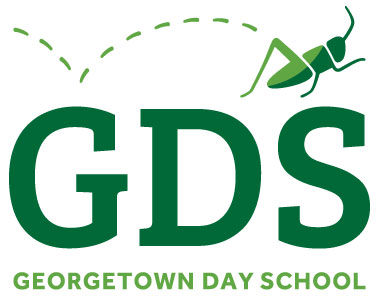Housed in the University of Pennsylvania School of Education, the Center for the Study of Boys’ and Girls’ Lives (CSBGL) issues a call to schools and others to embark on a search—for a better understanding, better school curricula, better family practices, better community policies—in order to offer boys and girls a better world.
The Center is committed to helping schools engage in research in the service of action. GDS has participated in the CSBGL’s Youth Participatory Action Research (YPAR) at the High School for the past three years.
The YPAR model is rooted in four main principles:
- The work is fundamentally democratic and constituency-based.
- The research is rigorously empirical.
- School projects are both reflective and interpretive.
- The research should lead to action.
GDS CSBGL YPAR team:
- Shonali Bose ’16
- Justin Friday ’16
- Laurent Guichard ’16
- Nicholas Jackson ’16
- Sarah Naatz ’16
- Michael Osaghae ’16
- Shelby Shapiro ’16
- Lauren Tappan ’16
- Marcus Tappan ’16
- Molly Yeselson ’16
All student members of the team have participated for three years, and I began working with the team in October 2015. The team met bi-weekly during lunch, and also after school during the months of March and April for three-hour sessions to prepare for the CSBGL Roundtable in April held at UPenn. Last year, the team examined and researched the use of space in the newly renovated High School, and the impact it had on the students individually and as a whole based on their cultural identifiers.
This year, the team decided to examine socioeconomic status, by asking the question:
How does socioeconomic status/class play a role in the life of a Georgetown Day School student?
The students believe that Socioeconomic Status/Class (SES) are not discussed in the same manner in which we engage in conversations on race, ethnicity, sexual orientation, gender, age, and ability.
When looking at this main question, they chose to tackle various subtopics that might come under it, including the college process, academic rigor, financial aid, social life, physical appearance, and geographic location/neighborhood.
Those questions included:
- How does SES affect your college process?Students considered how a senior’s college process was affected by their socioeconomic status to determine whether or not students looked for schools within their financial range.
- Does your SES determine whether or not you are in need of financial aid?Students understood that financial aid plays a tandem role with the college process as well as admissions into Georgetown Day School.
- Has the academic rigor of GDS caused you to seek outside help?Their next research question focused on the access students have to tutors and other sorts of outside help to give them an advantage in their studies.
- Has your SES played a role in your social life?Students asked whether or not one’s SES played a part in who that person would talk to or socialize with, and in particular, outside of school.
- Have you used your physical appearance to flaunt or hide your SES?Students asked whether or not one’s physical appearance was due to their SES. The team’s first thought was that the more better off someone was, the better clothes they wore, but the findings seemed to be the opposite when they dug into the data.
- Has your SES caused you and your family to live in a certain location?Finally, students looked at the location of where students lived, wondering if better-off students would live in a more wealthy area, and vice versa.
The students found answers to some of their questions. After their initial analysis, the students have chosen to examine these questions in more depth as they continue the YPAR next year. The following were some of the findings thus far:
- Socioeconomic status is “hidden” within Georgetown Day School.
- Follow-up question: What are the SES identifiers at GDS?
- There is discomfort surrounding discussions of SES.
- Follow-up question: What makes talking about SES more uncomfortable than other identifiers?
- Findings around boys and girls differ greatly.
Ideas for future explorations of this topic include:
- Continuing the conversation around the intersections of race, class, and gender
- Perform focus groups with our Affinity Groups in the High School and Middle School
- Research how does SES impact the social life of a Middle School student (6th–8th grades)
- Research how is SES fully discussed/what is the education in the 6th Grade Social Justice course and 9th Grade Diversity and Equity: The Intersections of Identity course
- Digging deeper into the concept of “hidden socioeconomic status” at GDS, the concept that many wealthy students tend not to broadcast their socioeconomic status because of their shame and embarrassment (i.e., dressing down, not speaking of their parents owning multiple homes, brand of cars driven, etc.)
- Investigate more of the “hidden costs” associated with being a GDS student (i.e., graduation attire, parking spot for juniors and seniors, school-sponsored trips, etc.)
The team did a really good job in pushing forward with the changes that took place this year. They were not only supportive to one another, but to myself as the new advisor leading the project. The work of the YPAR team is a clear example of how our students truly engage in not only the work of diversity, equity, and inclusion, but are also critical thinkers, who truly motivate us all to think smarter.




